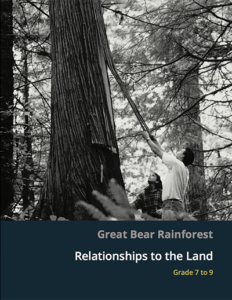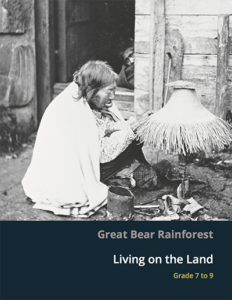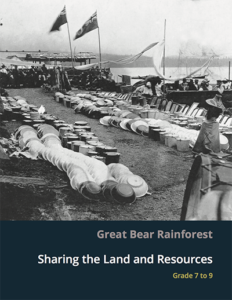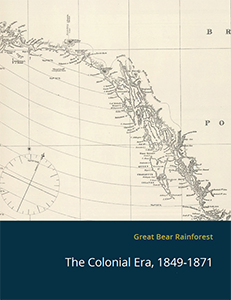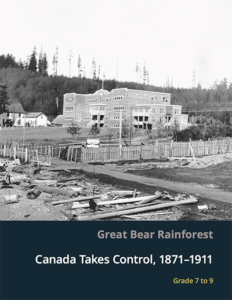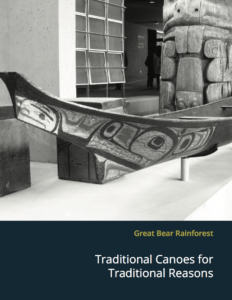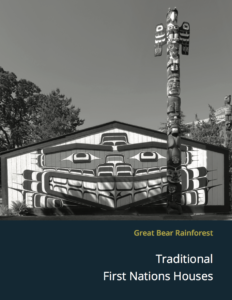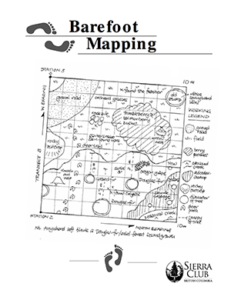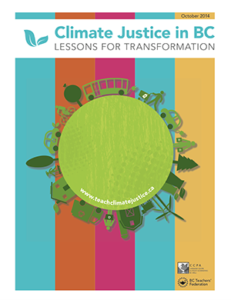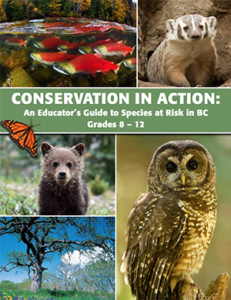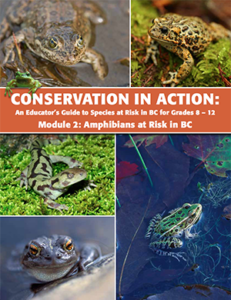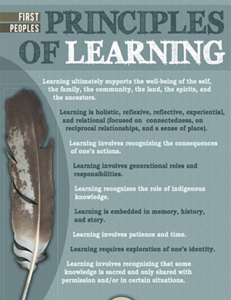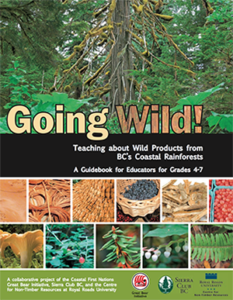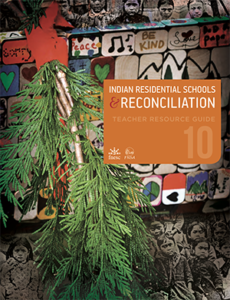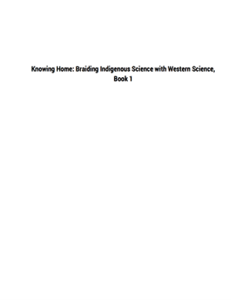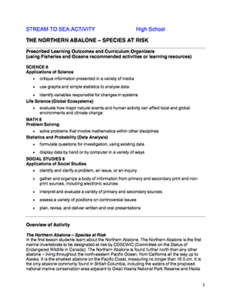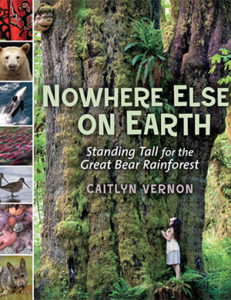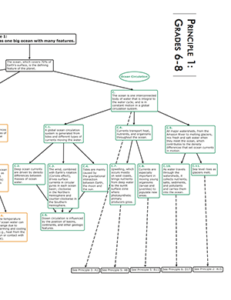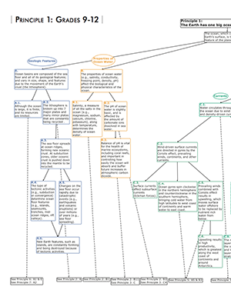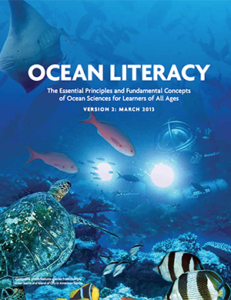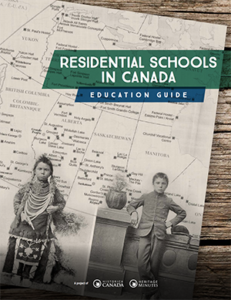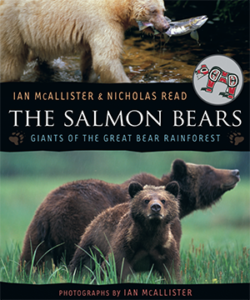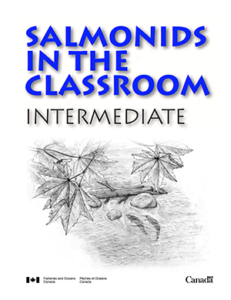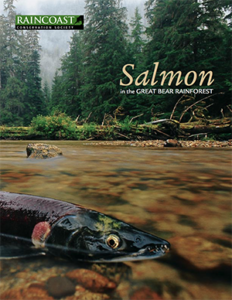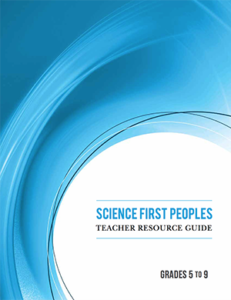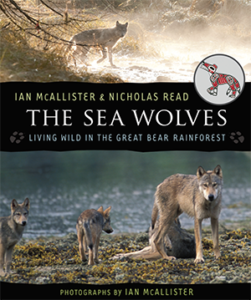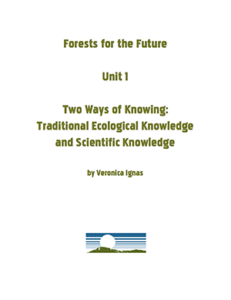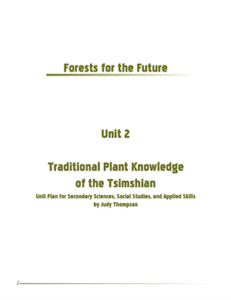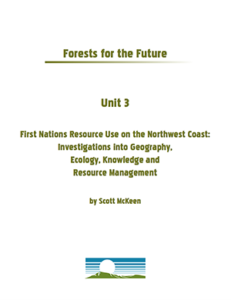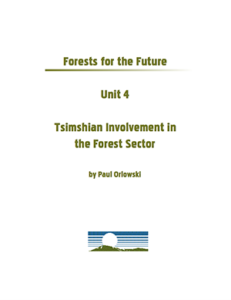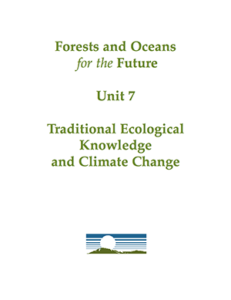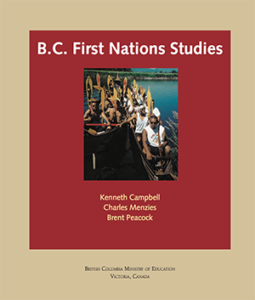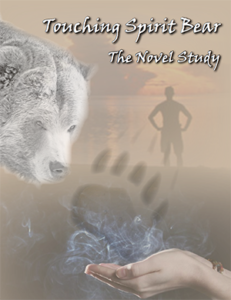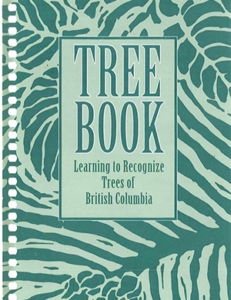K-3
Grades 4-6
What is the story of the Great Bear Rainforest? PDF | Word Doc
Who lives and works in the Great Bear Rainforest? PDF | Word Doc
How can we use graphs and charts to help us understand forest populations? PDF | Word Doc
What makes the rainforest biome unique? PDF | Word Doc
What do we know about rocks? PDF | Word Doc
How do trees communicate? PDF | Word Doc
How can we protect and preserve our planet? PDF | Word Doc
How can we live in harmony and relationship with the natural world? PDF | Word Doc
Grades 7-9
Where is the Great Bear Rainforest? PDF | Word Doc | Map (11” x 17”)
Who lives in the Great Bear Rainforest? PDF | Word Doc
What is world view? PDF | Word Doc
What is a rainforest? PDF | Word Doc
How do food webs contribute to the Great Bear Rainforest? PDF | Word Doc
What biodiversity exists in the Great Bear Rainforest? PDF | Word Doc
Why are spirit bears white? PDF | Word Doc
What is stewardship? PDF | Word Doc
How is the Great Bear Rainforest being conserved? PDF | Word Doc
How is technology used for research in the Great Bear Rainforest? PDF | Word Doc
How does climate change impact biodiversity in the Great Bear Rainforest? PDF | Word Doc
Grades 10-12
How has resource management and stewardship changed over time in the Great Bear Rainforest? PDF | Word Doc
How do black bears in the Great Bear Rainforest demonstrate inheritance patterns? PDF | Word Doc
Why are spirit bears primarily in the Great Bear Rainforest? PDF | Word Doc
How has human activity in the Great Bear Rainforest changed over time? PDF | Word Doc
How could you catalogue biodiversity in the Great Bear Rainforest? PDF | Word Doc
In what ways does location affect diversity of plant/algae species? PDF | Word Doc
To what extent is animal colouration used by organisms in the Great Bear Rainforest? PDF | Word Doc
Given an environmental data set from the Great Bear Rainforest, what questions could you ask? PDF | Word Doc
What environmental changes are taking place in the Great Bear Rainforest that result from global human activity? PDF | Word Doc
How can we best understand the multiple economic, social, political, and environmental (ESPN) perspectives related to the Great Bear Rainforest? PDF | Word Doc
What makes the establishment of the Great Bear Rainforest such a powerful story? PDF | Word Doc
In what ways (economically, socially, politically, environmentally) has the Great Bear Rainforest been affected by human activity? PDF | Word Doc
In what ways can stewardship and activism be practiced at the personal, community, and global levels? PDF | Word Doc
How did activism play a role in the development of the Great Bear Rainforest? PDF | Word Doc
How could the story of the GBR inform other environmental and/or socio-cultural sites? PDF | Word Doc
What are the economic, social, political, and environmental considerations for moving from sustainability to thrivability in the Great Bear Rainforest? PDF | Word Doc
How can we learn about the Great Bear Rainforest through writing? PDF | Word Doc
The following resources provide information about First Nations in B.C., many of whom live in the Great Bear Rainforest region. This material describes many impactful events, up to the beginning of the 20th century. These resources are developed from material published in the B.C. First Nations Studies textbook (B.C. Ministry of Education, 2003), with the exception of “Traditional Canoes for Traditional Reasons” and “ Traditional First Nations Houses,” which have been adapted from Open School BC’s BC First Nations Studies 12 distance education course.
The following documents provide an alignment between the Great Bear Rainforest Activity Plans, the First Peoples Principles of Learning, and the Big Ideas of four subject areas within B.C.’s grade 7-9 curriculum: Art Education, English Language Arts, Science, and Social Studies.
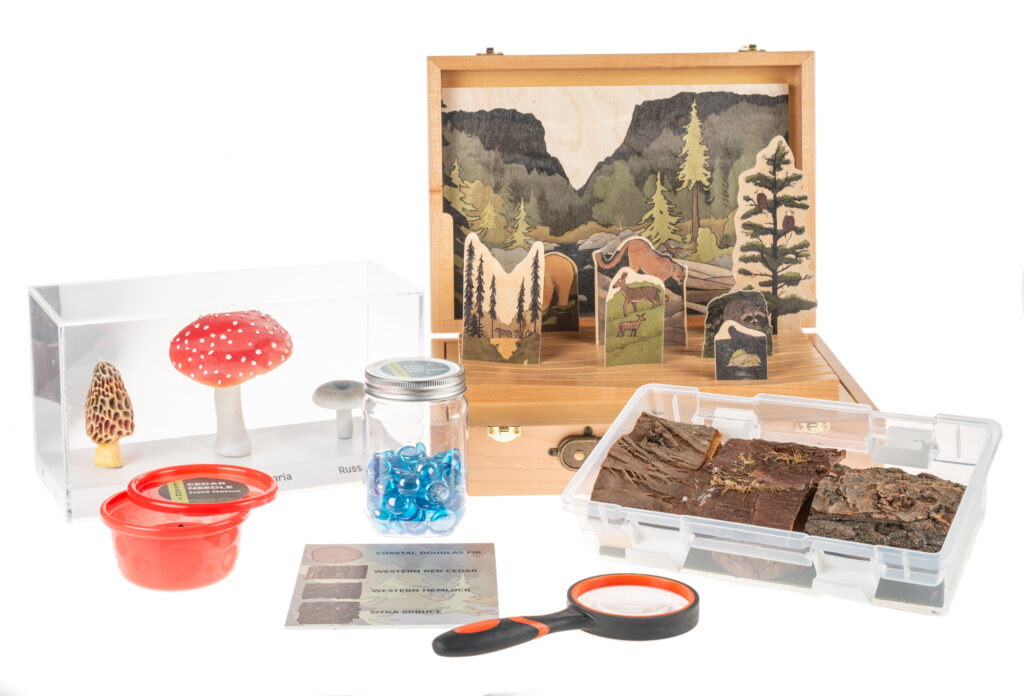
K-3 Great Bear Rainforest Outreach Kit
About the kit
Using reproductions, props and games, students in grades k-3 will learn about:
- Rainforest characteristics
- The location of the Great Bear Rainforest
- Animals that live in the Great Bear Rainforest
This resource was developed by the Royal BC Museum for and in partnership with the Great Bear Rainforest Education and Awareness Trust.
How to order
The kits are available for loan to B.C. schools and organizations only. There are limited copies available, so plan accordingly.
What’s in the kit?
- An interactive rainforest diorama
- Plant and mushroom samples
- An extra-large map of the Great Bear Rainforest
- Discovery boxes with reproductions representing mammals, birds and fish
Before you use the kit
Please review the Educator Guide before you get the kit. This guide will help you plan your time and make the best use of your two-week loan.
More resources referenced in the kit include the Royal BC Museum Learning Portal Great Bear Rainforest pathway and the Great Bear Rainforest Education and Awareness Trust website.
Using the kit
Activities suggested in the outreach kit are for grades k-3.
The Science Big Ideas explored are:
- Living things have features and behaviours that help them survive in their environment.
- Living things have life cycles adapted to their environment; water is essential to all living things, and it cycles through the environment.
- Living things are diverse, can be grouped and interact in their ecosystems.
When the kit arrives…
- Explain to your students your goals and reasons for ordering the kit.
- Encourage your students to treat the material respectfully. Ask them to brainstorm about proper object-handling. Some suggestions include:
- Always handle objects carefully.
- Do not have food or drinks near the material.
- Wash your hands before and after using the materials in the kit.
- Put the materials back in their proper places.
During the week…
- Learn more about the Great Bear Rainforest using the Royal BC Museum’s Learning Portal.
- Go on a water walk and record sources of water in your school or your local community.
- Learn about the alliance of nine Coastal First Nations groups who protect the Great Bear Rainforest.
When the kit leaves…
- Make sure all materials are returned.
- Use the enclosed contact information to arrange your return shipping.
- Fill out the evaluation form and return it with the kit.
The following resources may help support teaching about various aspects of the Great Bear Rainforest.

